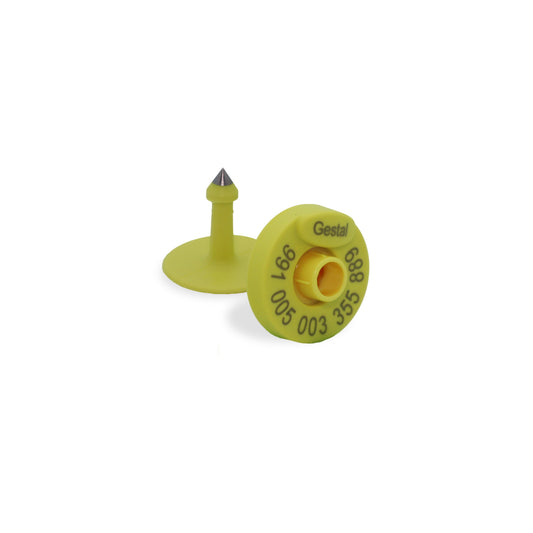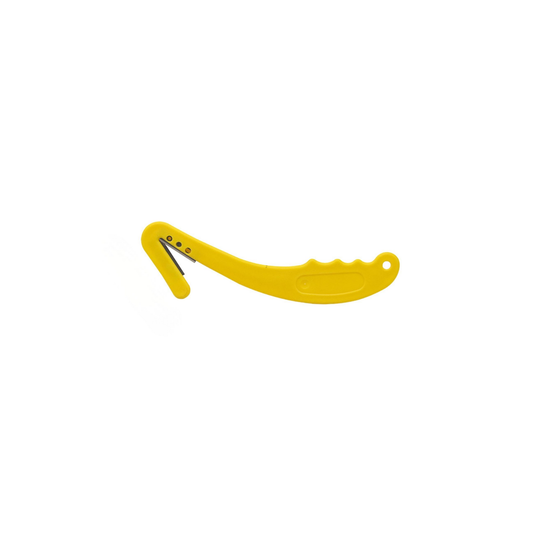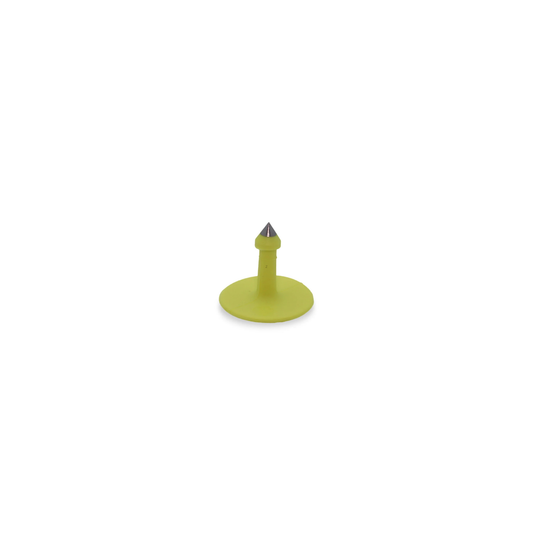6 Good Reasons to Choose Jyga Technologies for Your Farm
Shop Our ProductsFeeding solutions for each stage of production.
Our Recommendation

GESTAL 3G
The GESTAL 3G combines the benefits of a free access stall and an electronic feeding systems with only their benefits.
Successful Systems

GESTAL Solo+
Feeds your sows 24 hours a day, 7 days a week, 365 days a year. Fully autonomous, it improves sow body condition and promotes milk production.

GESTAL Focus
Provides the quality and benefits of GESTAL products. It does not require an electrical outlet above each crate."
Our Products

GESTAL Select
Will capture feed intake data of each individual to help determine the high-performing animal in the herd. Ideal for individual feeding.

GESTAL Evo
Designed for use in commercial and research application, each standalone unit enables precision feed delivery/blending for a group.
Behind the Innovation
View all
Jyga Technologies: Built for Growth, Driven by Passion
The company has been growing rapidly with the team tripling in just the past five years. To keep offering the same level of care, for producers and for the exceptional...
News
Reading time of
7
minutes
Jyga Technologies: Built for Growth, Driven by Passion
AUGUST 18, 2025
The company has been growing rapidly with the team tripling in just the past five years. To keep offering the same level of care, for producers and for the exceptional...
Read More





















